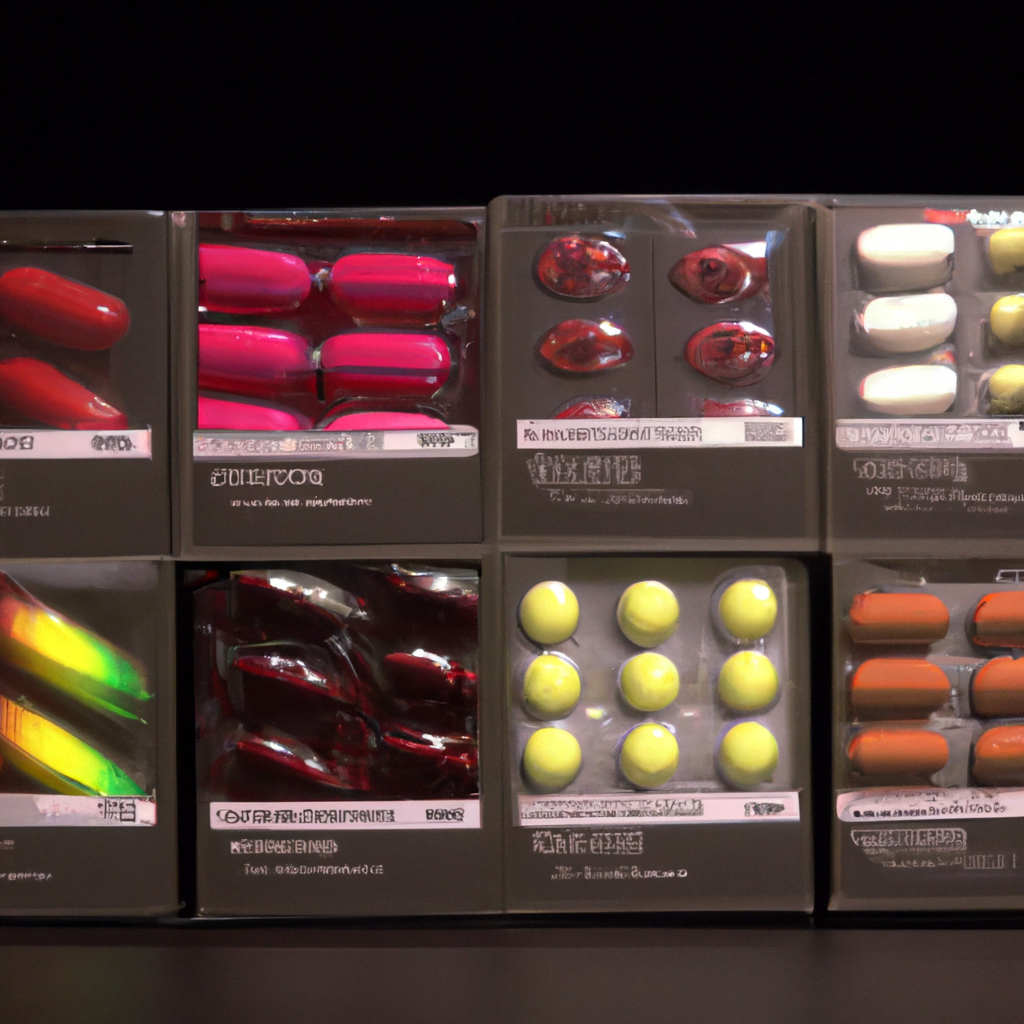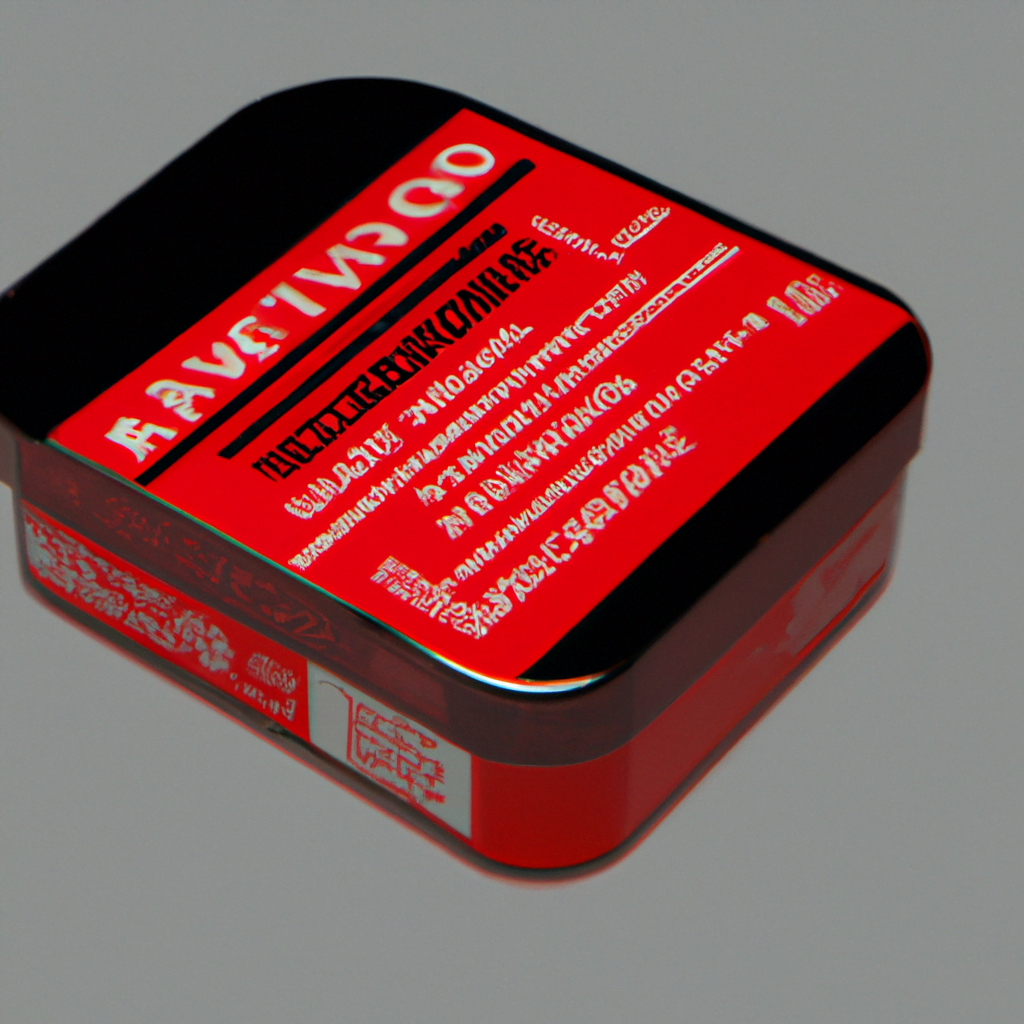
Innovative Packaging for Pharmaceutical Products

Introduction
Pharmaceutical packaging plays a crucial role in ensuring the safety and efficacy of drugs. It protects the product from contamination, degradation, and tampering, and provides information to patients and healthcare professionals. However, traditional packaging methods have limitations in terms of sustainability, convenience, and patient adherence. Innovative packaging solutions are emerging to address these challenges and improve the overall patient experience. In this article, we will explore some of the latest trends and technologies in pharmaceutical packaging.
Sustainability
Sustainability is a growing concern in the pharmaceutical industry, as packaging waste contributes to environmental pollution and resource depletion. Innovative packaging solutions are being developed to reduce the environmental impact of pharmaceutical products. For example, biodegradable and compostable materials are being used to replace traditional plastics. These materials break down naturally in the environment, reducing the amount of waste that ends up in landfills or oceans.
Another approach to sustainable packaging is to use recycled materials. Many pharmaceutical companies are now using recycled paper and cardboard for their packaging, reducing the need for virgin materials. In addition, some companies are exploring the use of reusable packagings, such as refillable containers or returnable shipping boxes. These solutions not only reduce waste but also save costs in the long run.
Convenience
Convenience is another important factor in pharmaceutical packaging, as it affects patient adherence and satisfaction. Traditional packaging methods can be cumbersome and difficult to use, especially for elderly or disabled patients. Innovative packaging solutions are being developed to make medication administration easier and more convenient.
One example is the use of blister packs, which provide individual doses of medication in a pre-packaged format. This eliminates the need for patients to measure out their doses, reducing the risk of errors. Blister packs can also be designed with features such as easy-open tabs and colour-coded sections to help patients keep track of their medication schedules.
Another convenience-focused solution is the use of smart packaging. Smart packaging incorporates technology such as sensors, RFID tags, and QR codes to provide information and feedback to patients and healthcare professionals. For example, a smart pill bottle can remind patients to take their medication at the right time, track their adherence, and alert their doctor if they miss a dose. Smart packaging can also provide information on drug interactions, side effects, and dosage instructions, improving patient safety and outcomes.
Patient Adherence
Patient adherence is a major challenge in the pharmaceutical industry, as non-adherence can lead to poor health outcomes and increased healthcare costs. Innovative packaging solutions are being developed to improve patient adherence and encourage medication compliance.
One approach is to use packaging that incorporates gamification elements. Gamification involves adding game-like features such as rewards, challenges, and social interaction to non-game contexts. In the context of pharmaceutical packaging, gamification can be used to motivate patients to take their medication as prescribed. For example, a medication app can reward patients with points or badges for taking their medication on time, and allow them to compete with friends or family members for the highest score.
Another approach is to use packaging that incorporates behavioural science principles. Behavioural science involves understanding how people make decisions and designing interventions that nudge them towards better choices. In the context of pharmaceutical packaging, behavioural science can be used to design packaging that makes it easier for patients to adhere to their medication regimen. For example, a medication app can use social norms to encourage patients to take their medication, by showing them how many other patients like them are also taking their medication as prescribed.
Case Studies
Several pharmaceutical companies have already implemented innovative packaging solutions with positive results. Here are some examples:
- Novartis: Novartis has developed a smart inhaler for patients with asthma and COPD. The inhaler incorporates sensors that track inhaler usage and provide feedback to patients and healthcare professionals. The data can be used to identify patients who are not using their inhalers correctly and provide targeted interventions to improve adherence.
- Pfizer: Pfizer has developed a smart pill bottle for patients with depression. The pill bottle incorporates sensors that track when the bottle is opened and closed and sends this data to a mobile app. The app can remind patients to take their medication, track their adherence, and provide feedback to their doctor.
- Merck: Merck has developed a biodegradable blister pack for its contraceptive product. The blister pack is made from a plant-based material that breaks down naturally in the environment. This reduces the environmental impact of the product and aligns with Merck’s sustainability goals.
Conclusion
Innovative packaging solutions are transforming the pharmaceutical industry, by addressing sustainability, convenience, and patient adherence. Biodegradable and compostable materials, recycled materials, and reusable packaging are reducing the environmental impact of pharmaceutical products. Blister packs, smart packaging, gamification, and behavioural science are making medication administration easier and more convenient for patients. Smart inhalers, smart pill bottles, and biodegradable blister packs are just a few examples of innovative packaging solutions that are already available. As the pharmaceutical industry continues to evolve, we can expect to see even more innovative packaging solutions that improve patient outcomes and reduce healthcare costs.
